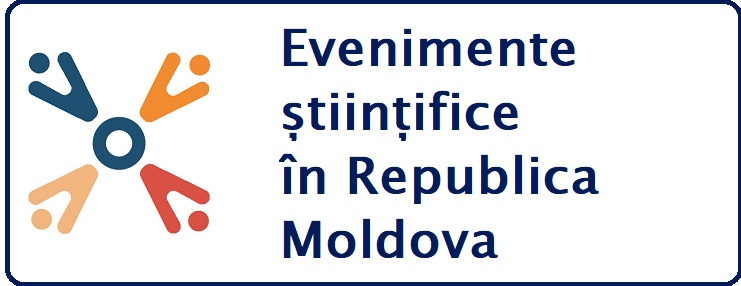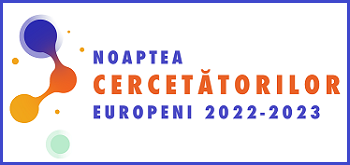| Conţinutul numărului revistei |
| Articolul precedent |
| Articolul urmator |
 |
 202 202 1 1 |
| Ultima descărcare din IBN: 2022-06-21 10:06 |
| Căutarea după subiecte similare conform CZU |
| 614.254/.256 (1) |
| Organizarea publică şi profesională a sănătăţii (873) |
 SM ISO690:2012 SM ISO690:2012GRAMA , Doina. Characteristics of doctors’ activity. In: One Health and Risk Management, 2021, nr. 2(4-S), p. 16. ISSN 2587-3458. |
| EXPORT metadate: Google Scholar Crossref CERIF DataCite Dublin Core |
| One Health and Risk Management | ||||||
| Numărul 2(4-S) / 2021 / ISSN 2587-3458 /ISSNe 2587-3466 | ||||||
|
||||||
| CZU: 614.254/.256 | ||||||
| Pag. 16-16 | ||||||
|
||||||
| Rezumat | ||||||
Introduction. The doctor is the person, who plays the key role in maintaining the human health, thus showing both a decisive and a major role in the treatment and recovery of the whole population. Therefore, greater attention should be paid to healthcare staff, since their overall health condition is directly dependent upon the health care quality provided to patients and, consequently, resulting in patients’ faster recovery and employment. The study of both characteristics and risk factors of healthcare personnel activity is an im-portant current issue. This paper aimed to evaluate the characteristics therapeutic pa-tients, as well as to develop means of improving the health condition of therapists. Material and methods. A cross-sectional epidemiological study was carried out. The study included 51 physicians, who work within public medical institutions from the Re-public of Moldova. The research was conducted between 2019-2020. The total number of physicians consisted of 72.5% of females and 27.5% of males. The mean age was 46.15±0.91 years. Questionnaires and data from specialized literature were used for col-lecting primary data. Primary data processing was performed on the computer via the Microsoft Excel statistical program. Results. The working conditions of the therapeutic department were assessed. Thus, 31.4% of doctors reported working less than 7 hours/day, 31.4% – 8 hours/day, and 37.3% more than 8 hours/day. Night shifts were reported in 27.5% of cases, whereas only 29.4% were satisfied with their current salary. 70.58% of personnel have a meal break and 49% of doctors have their main meals. Forensic issues were reported in 11.8% of cases. As regarding the sleeping hours, 62.7% of personnel sleep less than 7 h/day, 33.3% – 7/8 h/day, and 3.9% more than 8 h/day. The assessment of stress triggers showed the following results: 33.3% doctors feel stressed daily, 52.9% – weekly, and 13.7% – never feel stressed. The stressful conditions were reported mainly due to collective employment conflicts viz. 19.6% of cases. Physicians were found to be exposed to the following risk factors: chemicals – in 17.64% cases, biological factors – 29.41%, ionizing radiation – 13.72%, noise (ventilation devices) – 1.96%, ultrasound – 1.96%, 5.88% are exposed to stress, and 29.4% doctors reported no exposure to the above listed risk factors. The pres-ence of chronic diseases was reported in 45% of doctors, each doctor suffering from two or more chronic disorders simultaneously. The most common ones included hyperten-sion, diabetes and chronic pancreatitis. 11.76% of doctors frequently suffered from se-vere diseases. Occasional alcohol consumption was registered in 72.5% of cases, of which 17.6% were smokers. On the other hand, daily sports practice was reported by 17.6% of doctors, occasionally – 56.9% and 25.5% – did not practice sports. Conclusions. Most physicians reported daily exposure to risk factors and a high level of stress, including poor salary satisfaction, which may eventually have an impact on both the personnel health and activity. |
||||||
| Cuvinte-cheie risk factors, morbidity, physicians |
||||||
|












